One of the largest cat breeds, the Maine Coon is very fluffy, with a thick double coat designed to protect against harsh winters. The Maine Coon’s coat, although less difficult to maintain than that of the Persian, requires regular brushing, ranging from daily to several times per week (depending on the texture of each cat’s coat).
Like the Maine Coon, the Norwegian Forest Cat has adapted organically to the harsh conditions of cold climates, allowing the development of a dense, waterproof double coat. Despite the exquisite fluffiness of the Norwegian Forest cat’s coat, caring for it is not as difficult as it seems. It is enough to carry out a weekly cleaning or combing procedure – the coat does not tend to get tangled.
The Burmese cat is a distinctly colored cat, with a lighter body and dark markings on the head, legs and tail. They are distinguished by their gentle and peaceful nature and are also the kind of pets that love to snuggle up on their owner’s lap. Birmans have a long coat that is easy to care for because it does not mat. Regular combing or brushing will help keep their coat fluffy and groomed.
Persians have long, lush fur, similar to a lion’s mane, especially on the neck. The coat of this breed of cat requires complex and regular care. Daily brushing is essential to prevent tangles and keep the coat in good condition. Due to the high density of the coat, daily grooming can take a long time. It is also important to pay attention to daily facial care – they should include cleaning the skin around the eyes and nose.
This breed was artificially bred. Its representatives are distinguished by widely spaced ears and eyes, their long and soft fur has a uniform chocolate or lilac shade. In photographs, fluffy cats and cats of this breed sometimes have a white spot on the neck, which smoothly turns into a chest. Many kittens have stripes or spots, but these patterns disappear as they grow. Yorkie cats have a friendly personality, although they can be shy. They love affection, are intelligent, energetic and curious.
The Selkirk Rex has an absolutely unique coat, making this breed considered one of the most special. It has a fluffy, curly texture that makes the cat feel incredibly soft to the touch. Representatives of the breed can have short and long hair, any option looks very voluminous and fluffy. The short-haired Selkirk Rex usually has deep waves with curled ends, while long-haired representatives have loose, loose curls.
The Neva Masquerade cat is a breed that is distinguished by its exquisite appearance and intelligent character. These cats have a medium-sized body with proportionate muscles. They have a medium-sized head with expressive oval eyes and gracefully curved ears. They are believed to be descended from Siberian cats. A special feature of the breed is its facial mask, reminiscent of a carnival mask: the black whiskers, eyebrows and eye contours stand out against the light background of the cat’s face. The Neva Masquerade cat’s coat is generally long, fluffy and dense. It has a double layer of soft undercoat and thick, silky fur. The coat colors of this breed can vary from white with silver stripes to black with silver stripes. Neva Masquerade cats are also known for their beautiful, chunky collars around their necks, which make them particularly attractive.
The Siberian cat has a unique three-layered coat, making it one of the fluffiest cat breeds in the world. The middle and outer layers of its undercoat provide additional warmth and protection against the cold. Caring for Siberians is quite simple: just brush the coat from time to time. Many people with allergies can live comfortably with Siberian cats because this breed has low levels of FelD1, a protein that causes allergies in humans.
The Turkish Angora is a breed of cat that, as you might guess, comes from Turkey, where it is considered a national treasure. These cats have a silky, solid-colored coat that can vary in length, but they are sure to have a long, bushy tail and collar. Their coat is very soft, with a silky shine, does not tend to mat, and does not require frequent combing.
What conditions are not suitable for cats with thick and long hair?
Taking these nuances into account, you can create comfortable and safe living conditions for your furry cat so that he can be healthy and happy. And you are with her!
Keeping Furry Cats in Questions and Answers
Question: How often should furry cats have their nails trimmed?
Answer: In fluffy fur, the claws may not be visible, however, it is recommended to trim the claws of fluffy cats 1-2 times a month to prevent overgrowth and keep the furniture intact.
Question: How to avoid urolithiasis in a long-haired purebred cat?
Answer: Make sure your cat drinks enough water to prevent stones from forming.
Question: Should furry cats be bathed?
Answer: For long-haired breeds, it is recommended to bathe once a month with a special shampoo. During the molting period, they require special care.
Question: Do furry cats need special food?
Answer: Yes, the ideal diet for furry cats includes special foods enriched with nutrients to maintain a beautiful and healthy coat.
Question: Do cats with thick and long hair need to be cut?
Answer: Use special combs for long-haired cats and regularly trim the hair around the back legs, belly and anus to avoid contamination and tangles.
Question: How many times a week should you brush the coat of fluffy cat breeds?
Answer: It is recommended to brush your cat’s fluffy coat 2-3 times per week to prevent tangling and reduce shedding. During the shedding period, your cat needs to be brushed daily.
Question: How to protect furry cats from overheating in summer?
Answer: Help your cat survive hot days by giving him access to cool water and shaded areas, and installing fans or air conditioning indoors.


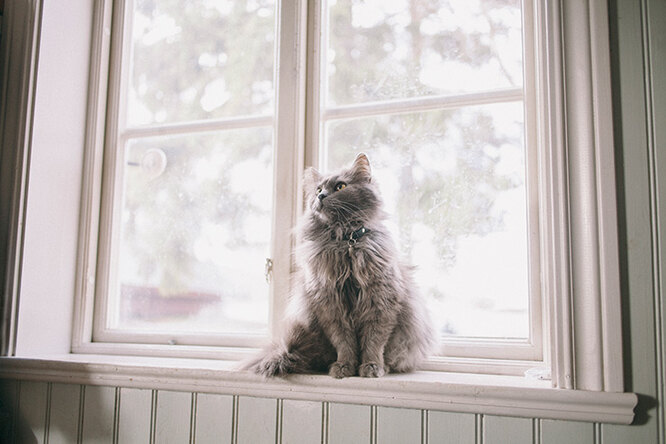
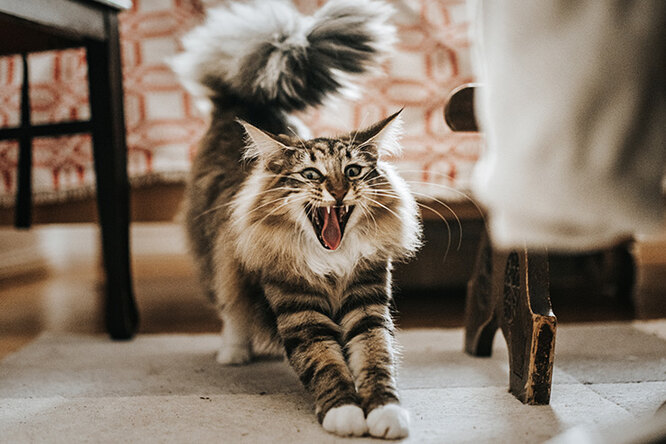
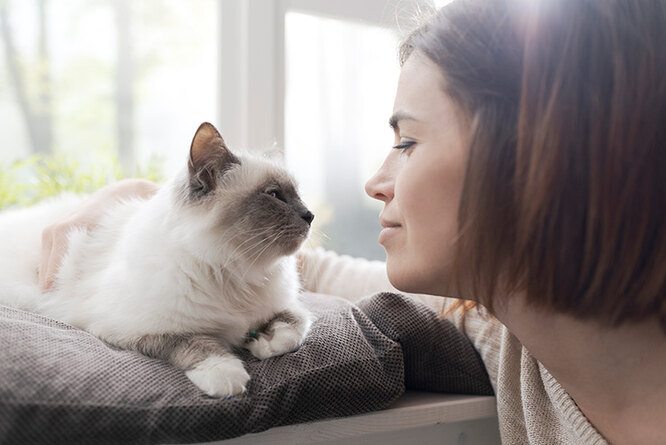
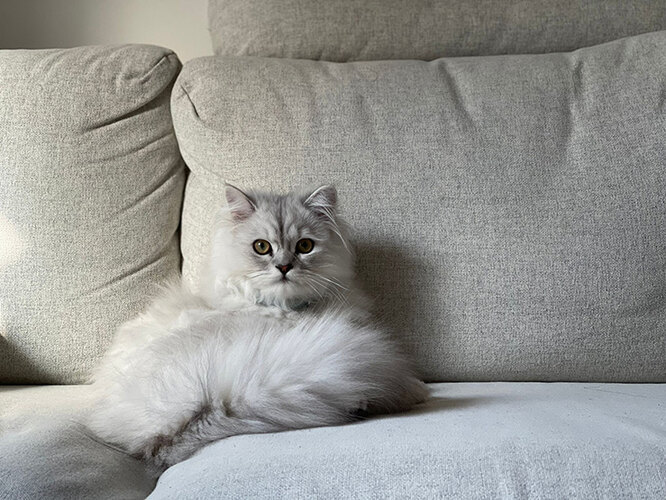
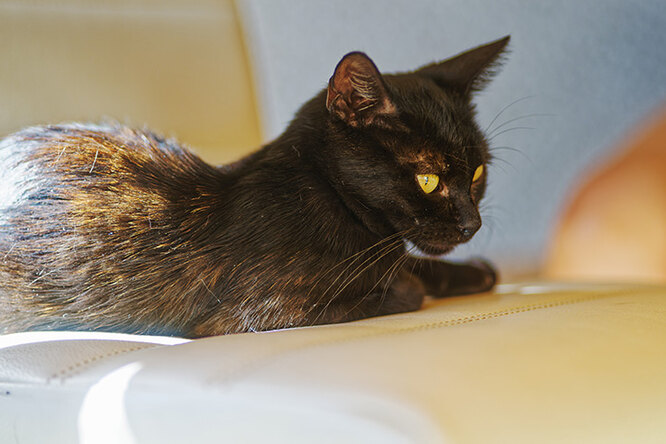
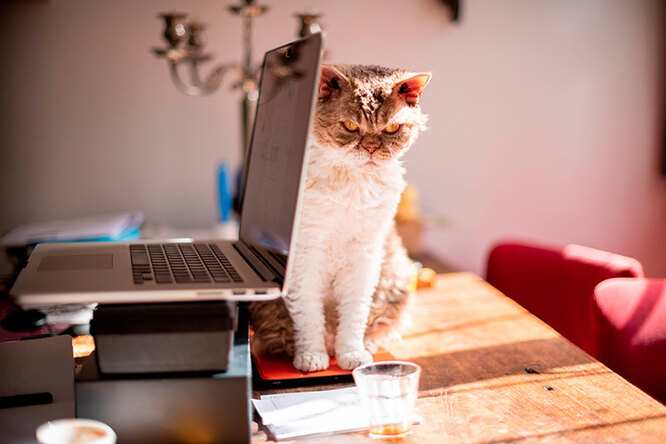
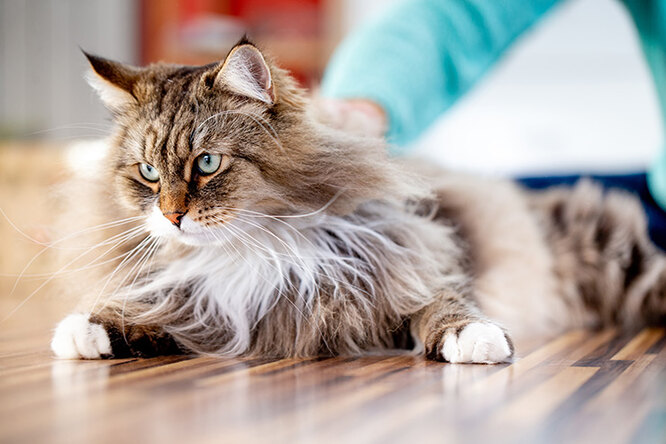
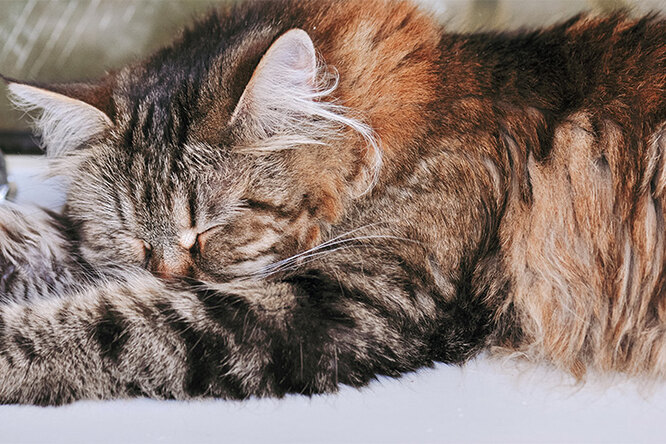
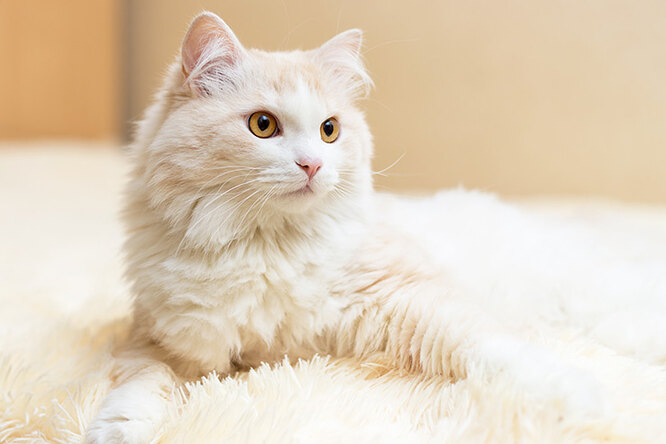




![Tomorrow belongs to us: What awaits you on Thursday, 2014, in the episode of August 21, 2025 [SPOILERS] Tomorrow belongs to us: What awaits you on Thursday, 2014, in the episode of August 21, 2025 [SPOILERS]](https://fr.web.img4.acsta.net/img/f3/67/f367cef67259314e71fe2cb3ee784be4.jpg)


